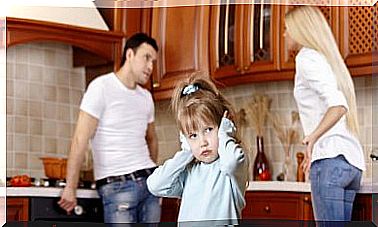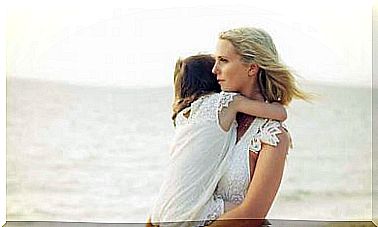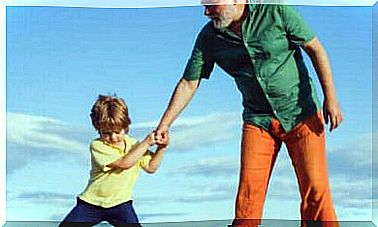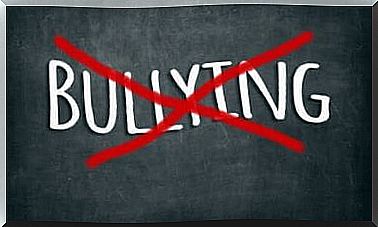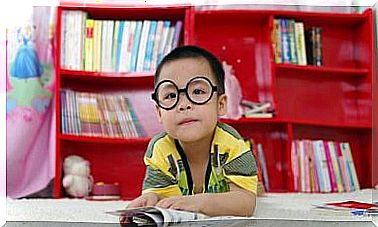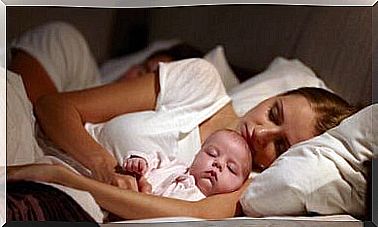Early Stimulation Exercises For A Child
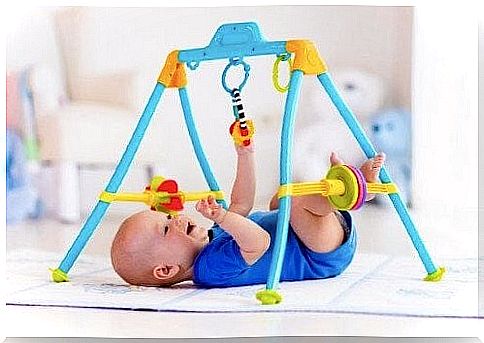
Early stimulation exercises can help a child develop psychomotor and cognitive abilities. Stimulation exercises can be added to a child’s range of activities from the newborn to the age of six. It is important to keep in mind that the child’s personality is still developing at that time.
It is recommended to start these early stimulation exercises while the baby is still a newborn. When stimulation exercises are started so early, the child’s abilities develop stronger over time.
Early stimulation exercises and their essential areas
Early stimulation exercises cover four areas:
- Fine motor skills. The development of fine motor skills covers the development of hand and finger movements. This is essential when the baby recognizes the movements of his hands.
- Rough motor skills. These skills refer to other parts of the body such as the arms, legs, and general body movement.
- Socio-emotional skills. This includes the ability to identify with others (social) as well as the ability to show their feelings (emotional).
- Language skills. This includes the ability to use language as well as respond linguistically.
The intensity of early stimulation exercises depends on the age of the child. If you start by stimulating your newborn, start lightly and intensify the exercises as your baby ages.
Early stimulation exercises for the child
We use three different categories to present the most popular early stimulation exercises. As mentioned earlier, the intensity of the exercises depends on the age of the child.
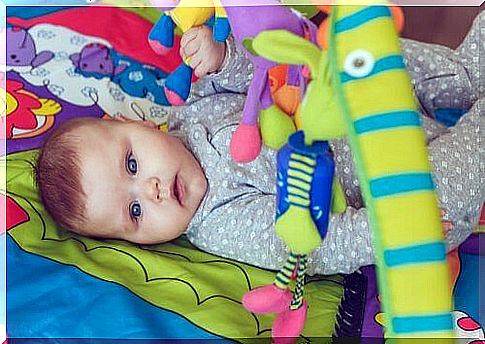
Exercises for the newborn
- To help develop your child’s grip, give your baby a toy that holds a sound, such as a rattle. Swing it from side to side so the baby can repeat the exercise.
- To stimulate the baby’s face, place your fingers on the baby’s forehead, nose, or lips, and move them gently on both sides of the face.
- Give your baby colorful objects that will grab his attention.
- By kissing, stroking, and speaking to your child in a loving tone of voice, the baby’s social side develops.
- At the age of four months, the child’s body movements begin to enter the pattern. The baby is able to spin on his back as well as move forward a few meters.
- Stretch the baby’s arms and legs.
- As your baby grows, continue with stimulation exercises in the same way. but make them a little more complicated.
Exercises for 1-3 year olds
At the age of one, the child begins to study his environment and develop his perceptual ability.
- At this age, the child begins to move and stand on its own. Get the child’s attention by taking the toy and placing it near the child where the child can try to grab it.
- Naming games help the child learn and know things. Teach the child to name e.g. body parts, numbers from one to ten, and colors.
- By using songs to aid in naming games, the child will remember better.
- Teach the child simple tasks, such as lifting the toy off the floor, asking the child to go to the bathroom, or to dress and undress for themselves. These easy tasks will help your child adopt good manners.
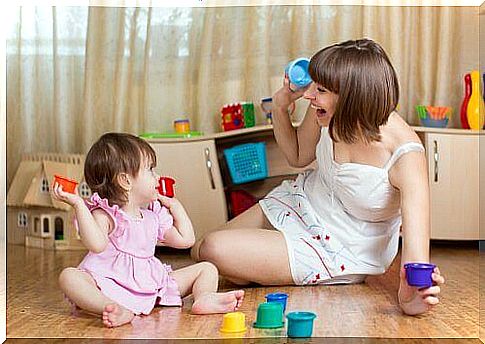
Exercises for 3-6 year olds
- Use simple puzzles to teach your child how the pieces fit together. This helps to develop the child’s thought processes.
- Use music to develop control of your child’s body movements. Teach your child simple and easy to remember dance moves.
- Let the child draw, and ask what he draws. This will help the child explain how he or she is feeling at that very moment.
- Teach your child simple tasks such as taking the trash to the trash and taking a spoon from the drawer.
- Develop your child’s imagination by using a plush toy as the protagonist of an invented story.
- How a child is able to identify with others is very important. Talking and playing with others plays an important role in a child’s development.
